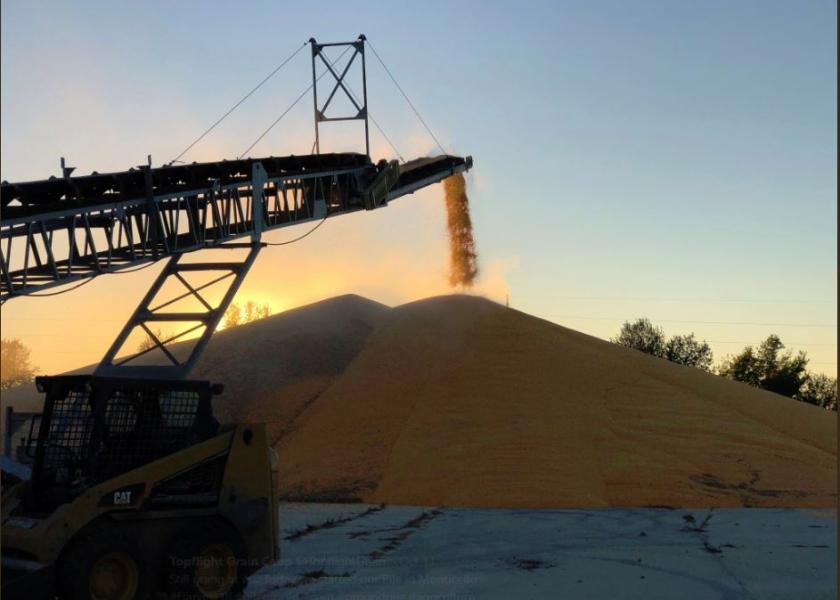Grain Stocks Surprise, Acreage Report Underwhelms

Friday USDA released its Quarterly Grain Stocks report and March Prospective Plantings report. Analysts are telling farmers to take the planting intentions report with a grain of salt while the market reels from a higher-than-expected corn stocks report.
“Grain stocks weren’t friendly to the corn market,” says Arlan Suderman, chief commodities economist with INTL FCStone. “[USDA] found three million bu. above what trade expected.”
Either feed use declined, or USDA understated the size of the 2018 crop, Suderman says.
“Definitely looking like last year was a bigger crop,” says Matt Bennett, partner with AgMarket.net, farm division of John Stewart and Associates. “We [traders] were hoping to see that [corn] number lower.”
Corn stocks jumped to 8.6 billion bu., down 3% from this report last year. Soybean stocks hit a record 2.72 billion bu.—a whopping 29% jump from March last year. Wheat sings the same tune and increased 6% from last year to 1.59 billion bu. all wheat stocks.
The planting intentions report is likely inaccurate, adding to uncertainty. And even with planting report showing a lower soybean number—84.6 million bu., soybeans still look rough in 2019.
“You’re looking at a fundamental situation that isn’t friendly with huge stocks,” Bennett says. “Dropping bean acres might get you to a more manageable situation but you need a weather event on top of down acres to [possibly] get to a favorable position.”
At the same time, both analysts think USDA overstated corn acreage.
“These are March 1 numbers and a lot has changed since March 1,” Suderman says. “A lot has changed in the month of March with flooding and the economies of things. I anticipate soybean acres go up, prevent plant acres up and corn acres down.
“[Prevent plant] we have to assume 750,000 to one million acres, but that could double or more if we continue to see this wet spring,” he adds.
INTL FCStone pegs corn at 90.4 million acres and soybeans at 87.7 million acres before planting season is over.
Surprising to some, cotton acre projections are down 2% over last year.
“I don’t see that,” Bennett says. In the plains he expects acres that didn’t get winter wheat planted to turn to cotton instead.
Livestock could benefit from a possible global meat shortage.
“Hog feeding [in China] is down at least 30%, which is equal to the number of hogs we feed in Canada, Mexico, U.S. and Brazil in a year,” Suderman says. “There is a meat shortage globally of 12.3 million metric tons if we’re right on the 30% reduction.”
It could be higher than that if disease is worse than forecasted. Beef could benefit from this shortage and increased demand, too.
“Chinese have increased beef consumption, supportive [of a stronger market],” Bennett says. “I am cautiously optimistic. This could hit during the summer time frame, so the next six- to 12-weeks.”
Check out the Report highlights.







